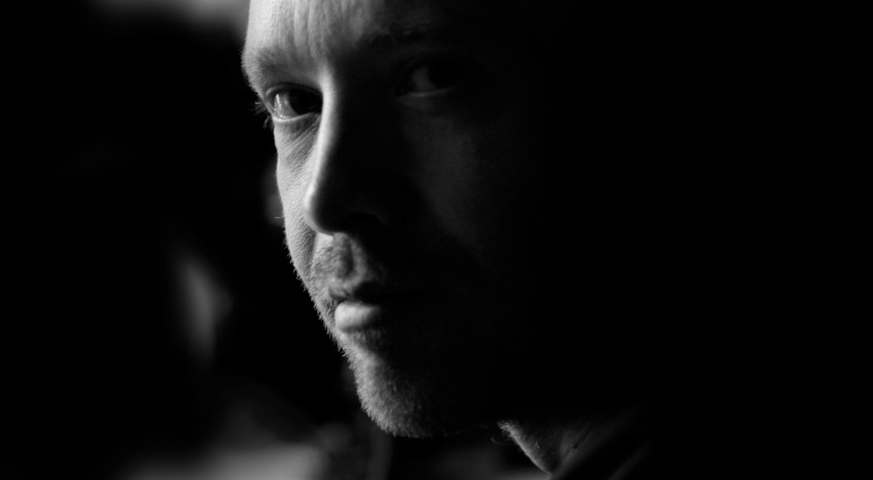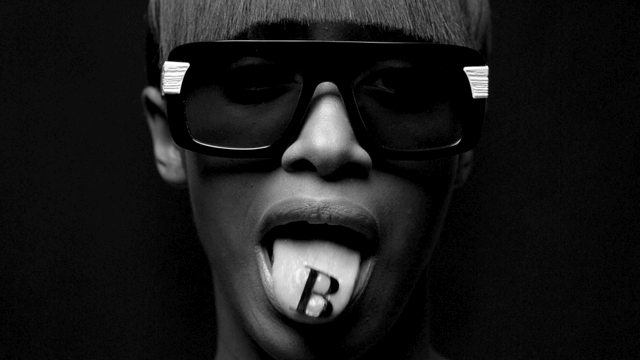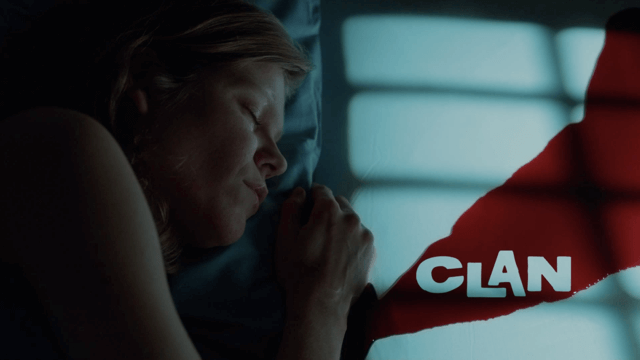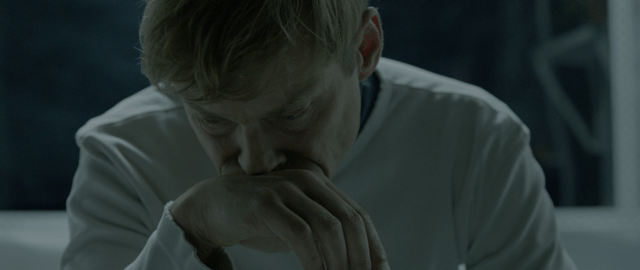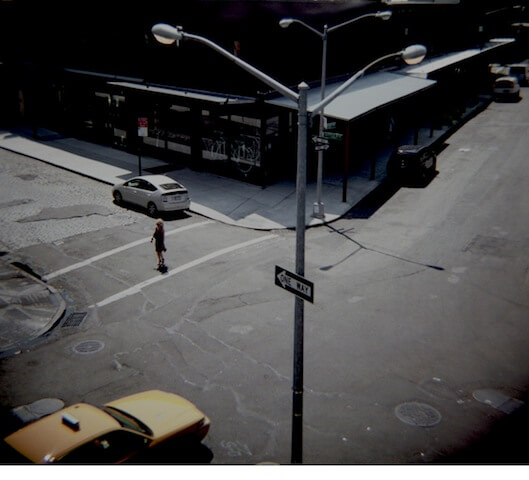Anton got interested in making films at an early age and studied Film & Photography at KASK Ghent. After graduation, he was offered a position as an assistant cameraman on the first feature film by director Frank Van Passel. From there on he got into shooting documentaries, low budget commercials, music videos and short films, slowly building up a reel, meeting directors who would move up to bigger jobs and take you along. It is the directors who make you a cinematographer actually.
Tell us what your job is as a cinematographer?
As a cinematographer, you translate the story of a film into images, through lighting and composing frames. This is done in close collaboration with the director and other departments like set design, wardrobe and post-production.
What is your role within the process of filmmaking?
My role is to oversee the visuals of a film from beginning to end.
At the start of a project, I read the script and talk about it with the director, to get a feel what he or she wants to do and how it should look. Often we watch some references together, this can range from other films through photographs or paintings. We also talk a lot about the content of the film and what the different scenes mean in the story. All this so when we go out and shoot it is very clear what it should be, as time on the set is always limited and is best spent shooting the film and not discussing it.
Once the locations have been chosen we go and visit them and look at how we are going to light them, what kind of equipment we need to that, where we can access the set and so on. All practical matters are looked at in advance with the crew and the producers. Also, I talk to the set designer how we are going to dress or even paint the location or studio set, so it fits the overall visual plan. I go to wardrobe fittings and make-up tests, and shoot tests to see what all this looks like up on the big screen. Nothing is really left to chance in the pre-production.
Once the shoot starts my task is to get everyone in the same direction visually. I watch the actors rehearse with the director and we decide on how to cover a scene, how many shots need to be made and so on. I then go off with the lighting crew to light the set and set up the camera. This is actually the most fun bit for me, as this the moment when I get to create what I had in mind. And if it all works out fine it is, even more, a delight. Once we’re done we shoot the scene and move on to the next one, to start it all over again.
When all is done the director goes off to edit the film, which I then go and colour grade together with the colourist, in this phase, we adjust the colours and contrast to finalise the look we started in pre-production.
Is there a lot of creative freedom in your work?
Yes, in most cases. It depends a bit upon the director, some have a strong visual sense, others are more performance or content orientated and leave the visual part up to me. Anyway, it is always a collaborative effort, also with my lighting crew and colourist.
I don’t see my personal taste as being the most important part in the process. I think that a good cinematographer is a kind of chameleon who adapts and changes depending on the need of the project. Only this way you’re able to stay being creative and not be doing the same thing you know well over and over again. That would be boring anyway.
Do you have any side projects you’re working on?
I have this old 6×6 analogue photo camera that I use to take pictures sometimes. It is point and shoots thing so I have to let go of trying to control it, which kind of okay as it is the opposite of what I do every day anyway.
Where do you get your inspiration from?
Everyday life, how lights hit objects, people in a room or outside the ever-changing sky. Anything that is beautiful, or ugly in a beautiful way.
And art, be it photos, paintings or architecture. And other films and filmmakers of course.
I’ve worked on a lot of documentaries, witnessing people in certain situations and surrounding, where one normally would not come in to contact with. Which now may serve as a reference or inspiration when doing fictional projects. Film is such a collaborative medium where different forms of art and crafts come together. And one recreates a vision of (real) life, that anything you see in everyday life can be inspiring.
Where do you want to be in 5 years time?
I hope I’ll still be shooting some interesting feature films or other projects with creative and nice people.
As one spends so much time on a set this is an important factor. Nice and friendly co-workers, who share your drive.

